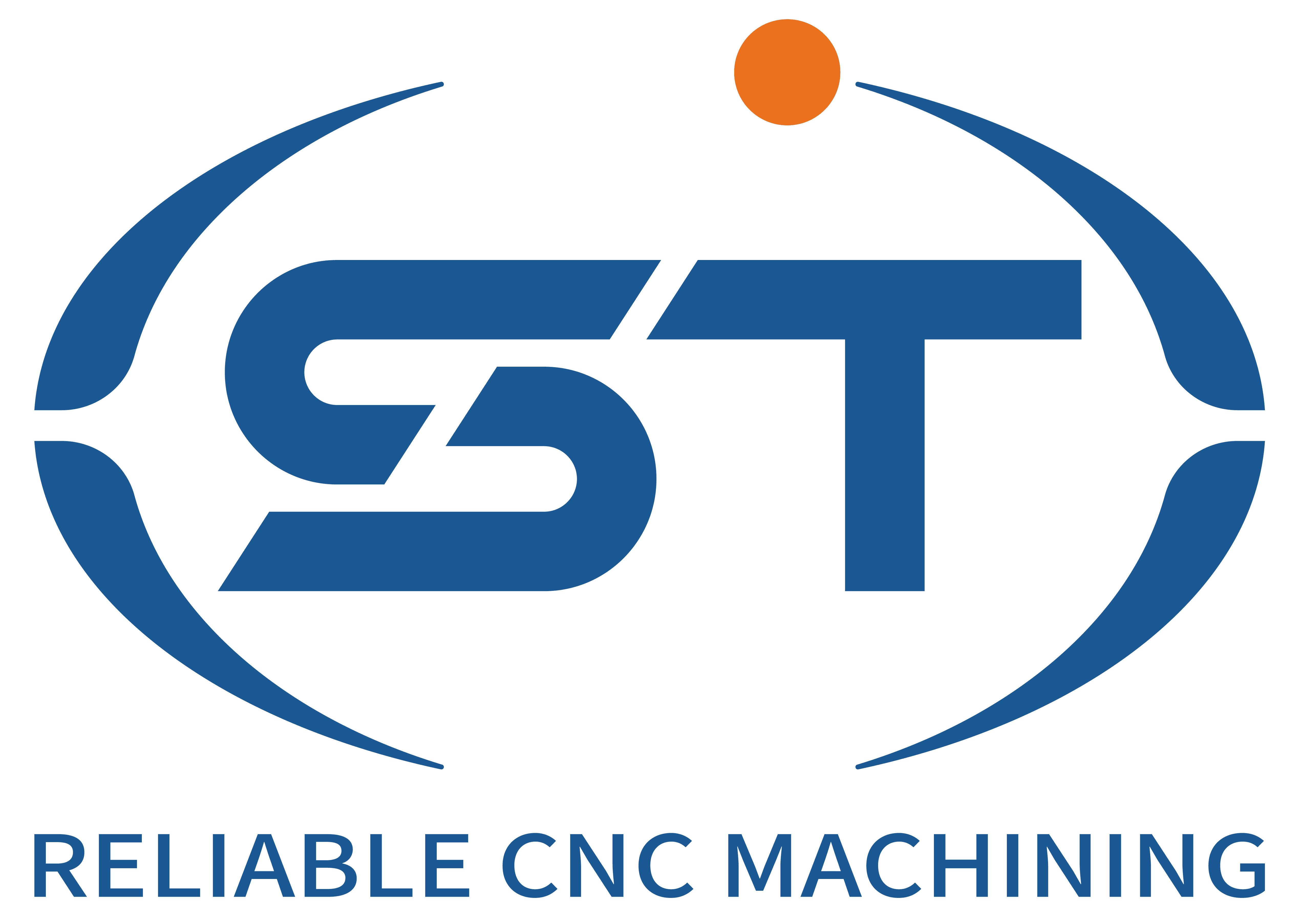New Demands on Faites une demande maintenant ! of Automotive Components Driven by Vehicle Intelligence
The rapid integration of intelligent technologies—such as autonomous driving, connectivity, and advanced driver-assistance systems (ADAS)—is reshaping automotive manufacturing. CNC machining, a cornerstone of component production, must now meet stricter precision, complexity, and integration standards to support these innovations. Below, we explore how automotive intelligence is transforming CNC processes across materials, geometries, and quality control.
Table of Contents
ToggleTighter Tolerances for Sensor-Centric Components
Intelligent vehicles rely on an array of sensors, including LiDAR, radar, and cameras, which demand components with micro-level precision. CNC-machined housings for these sensors must maintain tolerances as tight as ±0.005mm to ensure alignment and minimize signal interference. For example, a misaligned LiDAR mount could distort environmental scanning, compromising safety systems.
Thermal stability is another critical factor. Sensors operating in extreme temperatures—such as those in engine bays or exposed to direct sunlight—require CNC-machined parts made from materials with low thermal expansion coefficients. Machining processes must account for material behavior under varying conditions, often necessitating real-time adjustments to cutting parameters to prevent dimensional shifts.
Complex Geometries for Miniaturized Electronics Integration
The shift toward electronic architectures like zone controllers and domain controllers has led to smaller, more intricate CNC-machined parts. These components house printed circuit boards (PCBs), connectors, and cooling channels within compact spaces, demanding multi-axis machining to achieve the necessary features. For instance, heat sinks for in-vehicle infotainment systems now incorporate micro-fins and channels to enhance thermal dissipation without increasing size.
Wireless charging modules and 5G antennas further complicate designs. CNC operations must create precise slots, grooves, and cavities to embed these technologies seamlessly into vehicle interiors. The use of high-speed milling and electrical discharge machining (EDM) has risen to address these challenges, enabling the production of parts with sub-millimeter features.
Advanced Material Processing for Lightweight and Durable Structures
Intelligent vehicles require a balance between weight reduction and structural integrity to support both efficiency and safety. CNC machining now handles a broader range of materials, from ultra-high-strength steel for crash-resistant zones to magnesium alloys for lightweight battery enclosures. Each material demands tailored machining strategies: magnesium, for example, requires inert gas environments to prevent combustion during cutting, while high-strength steel necessitates specialized tool coatings to resist wear.
Composite materials, such as carbon fiber-reinforced polymers (CFRPs), are increasingly used in smart structural components like sensor-integrated pillars. Machining CFRPs involves low-vibration techniques to avoid delamination, coupled with diamond-coated tools to maintain edge quality. These processes are often slower than traditional metal machining, pushing manufacturers to optimize workflows for throughput without sacrificing precision.
Real-Time Quality Control for Functional Safety Compliance
Automotive intelligence places functional safety at the forefront, requiring CNC-machined parts to meet stringent standards like ISO 26262. In-process inspection systems, such as laser scanning and ultrasonic testing, are now embedded in machining centers to detect defects like porosity or cracks immediately. This reduces the risk of faulty components reaching assembly lines, where recalls could be catastrophic for intelligent systems.
Data traceability is equally vital. CNC machines equipped with IoT sensors log every parameter—from spindle speed to tool wear—to create digital twins of each part. This data ensures compliance with regulatory requirements and enables rapid root-cause analysis if issues arise post-production. For example, a misaligned camera mount traced back to a tooling drift during machining can be corrected before mass production begins.
The rise of automotive intelligence is pushing CNC machining toward unprecedented levels of precision, adaptability, and connectivity. As vehicles evolve into software-defined platforms, the role of CNC processes expands beyond shaping metal to enabling the seamless integration of electronic and mechanical systems. Manufacturers must invest in flexible automation, advanced materials expertise, and smart quality control to stay competitive in this dynamic landscape.




